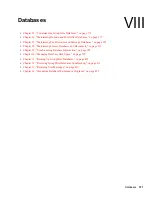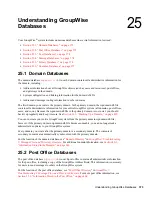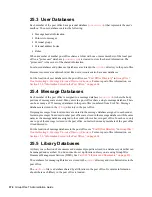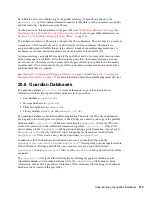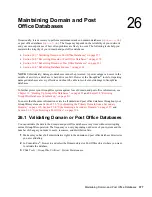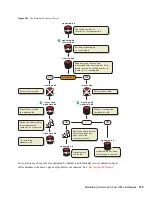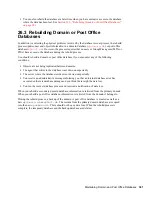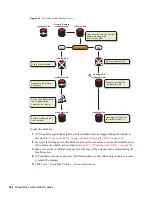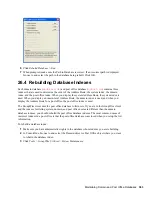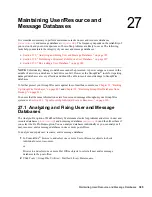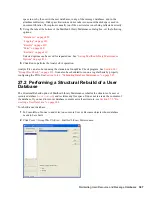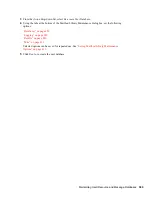
Understanding GroupWise Databases
375
no
vd
ocx (
e
n)
1
1
Decemb
er
2
007
Each library has its own subdirectory in the gwdms directory. In each library directory, the
dm
xxnn01-FF
.db
files contain information specific to that library, such as document properties
and what users have rights to access the library.
For the location of library databases in the post office, see “
Post Office Directory
” in
GroupWise 7
Troubleshooting 3: Message Flow and Directory Structure
. For more post office information, see
Section 35.3, “Information Stored in the Post Office,” on page 464
.
The actual documents in a library are not kept in the library databases. They are kept in a document
storage area, which consists of a series of directories for storing documents. Documents are
encrypted and stored in BLOBs (binary large objects) to make document management easier. A
document, its versions, and related objects are stored together in the same BLOB.
A document storage area might be located in the post office itself, or in some other location where
more storage space is available. If it is located in the post office, the document storage area can
never be moved. Therefore, storing documents in the post office directory structure is not usually
recommended. If it is stored outside the post office, a document storage area can be moved when
additional disk space is required.
See
Chapter 22, “Creating and Managing Libraries,” on page 299
and
Chapter 23, “Creating and
Managing Documents,” on page 335
for more information about Document Management Services.
25.6 Guardian Databases
The guardian database (
ngwguard.db
) serves as the master copy of the data dictionary
information for the following subordinate databases in the post office:
User databases (
user
xxx
.db
)
Message databases (
msg
nnn
.db
)
Prime user databases (
pu
xxxxx
.db
)
Library databases (
dmsh.db
and
dm
xxnn01-FF
.db
)
The guardian database is vital to GroupWise functioning. Therefore, the POA has an automated
back-up and roll-forward process to protect it. The POA keeps a known good copy of the guardian
database called
ngwguard.fbk
. Whenever it modifies the
ngwguard.db
file, the POA also
records the transaction in the roll-forward transaction log called
ngwguard.rfl
. If the POA
detects damage to the
ngwguard.db
file on startup or during a write transaction, it goes back to
the
ngwguard.fbk
file (the “fall back” copy) and applies the transactions recorded in the
ngwguard.rfl
file to create a new, valid and up-to-date
ngwguard.db
.
In addition to the POA back-up and roll-forward process, you should still back up the
ngwguard.db,
ngwguard.fbk
, and
ngwguard.rfl
files regularly to protect against media
failure. Without a valid ngwguard.db file, you cannot access your e-mail. With current
ngwguard.fbk
and
ngwguard.rfl
files, a valid
ngwguard.db
file can be rebuilt should the
need arise.
The
ngwguard.dc
file is the structural template for building the guardian database and its
subordinate databases. Also called a dictionary file, the
ngwguard.dc
file contains schema
information, such as data types and record indexes. If this dictionary file is missing, no additional
databases can be created in the post office.
Summary of Contents for GROUPWISE 7 - DATABASES
Page 2: ...372 GroupWise 7 Administration Guide novdocx en 11 December 2007...
Page 6: ...376 GroupWise 7 Administration Guide novdocx en 11 December 2007...
Page 20: ...390 GroupWise 7 Administration Guide novdocx en 11 December 2007...
Page 40: ...410 GroupWise 7 Administration Guide novdocx en 11 December 2007...
Page 48: ...418 GroupWise 7 Administration Guide novdocx en 11 December 2007...

